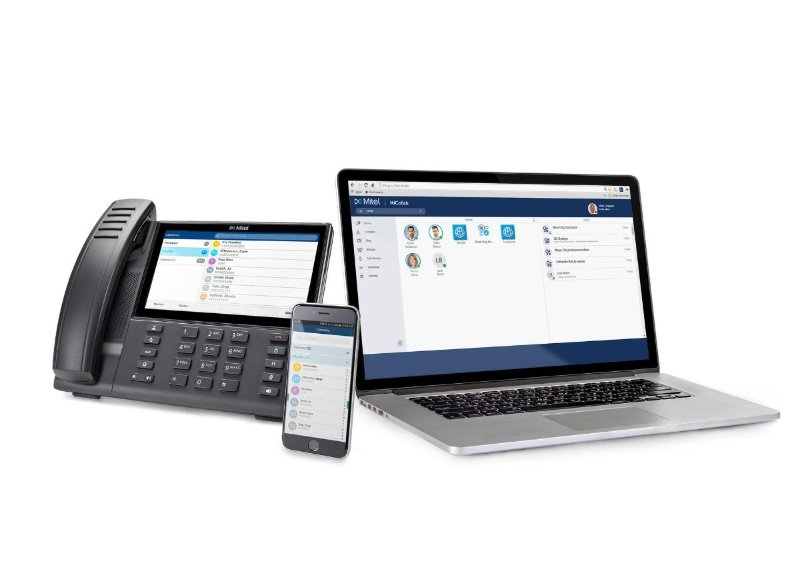In the face of rising energy prices, globalisation and competitive differentiation, there has been a quiet revolution in the way organisations and employees are revisiting the notion of teleworking. Recent advances in voice and data are re-defining the very nature and form of work. Traditional work day activities are no longer tied to a specific time or location. In this new corporate scenario, employees across internal departments can now work collaboratively and access corporate knowledge distributed across remote locations – be it from home or across the globe.
Teleworking is an alternative work arrangement where employees enjoy flexibility in working location and hours. Within the flexible telework context, the daily commute to a central place of work is replaced by communication and internet links. Many employees work from home while others, utilise mobile communication technology to work from coffee shops or other locations whilst on the move.
For most employees the commute is getting worse. Teleworking directly impacts job satisfaction in terms of less motivation to leave the company, less stress and improved work life and family balance. Employees are placing the ability for flexible working as one of the main attributes they look for in an employer.
Benefits of Teleworking
There are benefits associated with teleworking for both employees and employer.
Employee related benefits are direct in terms of providing work life flexibility, reduced personal costs eg: fuel, work clothing and zero commute times. The benefits which companies derive from offering telework as an option, are both qualitative and quantitative in nature. Benefits associated with telework range from a component in an overall corporate business continuity strategy, increases employee productivity to serving as a motivational tool to recruit and retain key talent. Studies looking at the impact of telework on employee productivity demonstrate increases from 10% to 40%. Productivity gains have been attributed not only to decreased commute times but to less stress, less distraction and the ability for workers to manage their time better.
Teleworking, when used in conjunction with features like hot desking and mobile twinning, can also help in reducing real estate costs by decreasing overall office space requirements, in particular, cities like Melbourne and Sydney where per square metre rental costs are very high, utilisng a hot desking methodology can save companies vast amounts of money.
Telework as a business continuity strategy
Teleworking provides companies with a back up strategy to continue business operations given that telework employees are geographically distributed. That distribution provides a certain degree of resiliency. Teleworking enables continuity of operations during local weather disturbances or traffic congestion which prevents employees from being able to reach a central office location. It can also come to play as a back up strategy in rare disaster / emergency health situations like a hurricane or a major health pandemic.
Corporate challenges
One of the main barriers to telework has been management trust issues of employees working from home. Some managers feel that if allowed to work from home, staff will use working hours to carry out personal activities, such as taking a longer lunch, or arranging their social life. There is also extensive research, including a massive study conducted by Harvard Medical School's Isaac Kohane, suggesting that the proximity to one's colleagues is a key driver of innovation. There is research suggesting that employees who work at home can be more productive than their in-office counterparts. Plenty of businesses large and small, have found that teleworking especially when deployed part time, can create a best-of-both-worlds environment that fosters happier, more productive, loyal employees.
Teleworking relies, in part, on making sure off site employees have the tools they need to be productive, from simple telephone and Internet connections to video-conferencing software and collaboration solution. It is important to make sure employees are ready for the responsibility.
There were over 13 million internet subscribers in Australia in June 2016 and this number is increasing with the rollout of NBN and high speed fibre connections. Combine this with a wealth of communication technologies, such as IP telephony which is now an affordable business standard for seamless connectivity to the office, technology to enable working from home is now more sophisticated than ever.
Through the use of virtual teams using instant messaging to communicate, having the ability to set up video conference calls and share documents from the network, there is no need
for employers to panic that people working from home or outside the office cannot contribute to the business as a fully functioning member of the team.
Are you doing enough to provide flexible work practices as a business strategy to improve staff retention and productivity?






